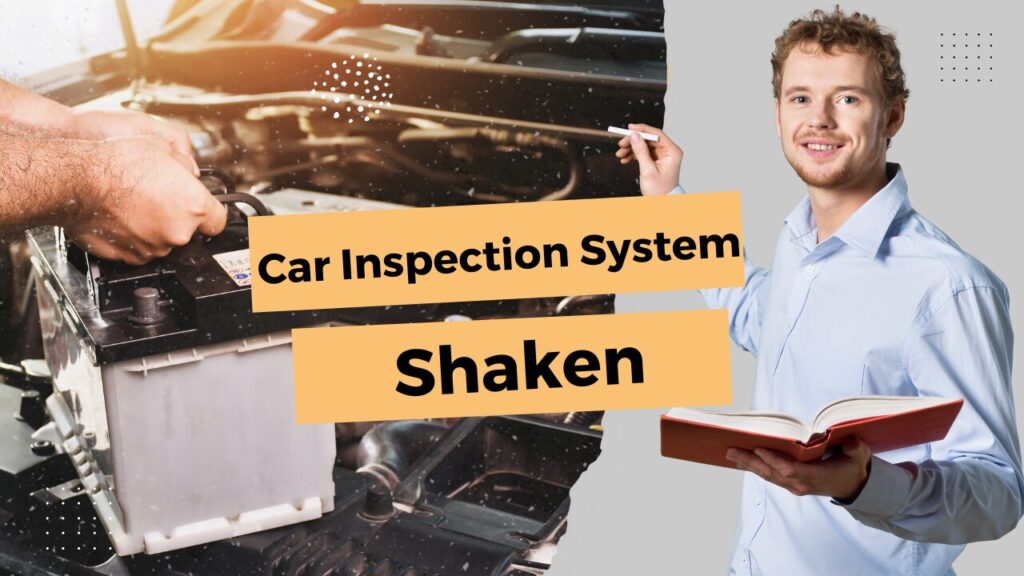
When owning a car in Japan, one must undergo “shaken” (vehicle inspection). Some countries have similar systems, while others do not. This article explains what “shaken” is and the difference between shaken and regular maintenance.
What is Shaken?
Shaken is an abbreviation for the “Automobile Inspection Registration System,” a government-mandated inspection conducted at regular intervals for automobiles and motorcycles with an engine displacement over 250cc. For private passenger cars, the first valid period is three years, and thereafter, it is every two years. You must pass the shaken before the current valid period expires.
(*In the case of kei cars (lightweight vehicles), the valid period for shaken is also three years for the first time and every two years thereafter, but the Light Motor Vehicle Inspection Organization is responsible for issuance, inspection, and notification management, not the government.)
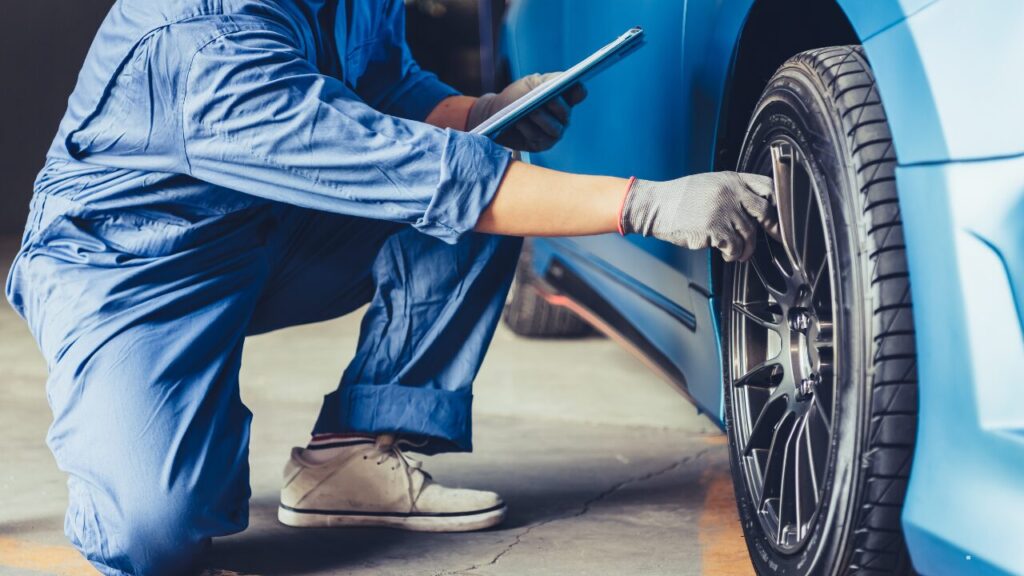
Shaken primarily checks whether the appearance, safety, and environmental aspects meet safety standards. If the vehicle passes the inspection, it is allowed to be driven on public roads until the next shaken, and the “Automobile Inspection Certificate” and “Inspection Sticker” (a sticker placed on the front windshield) are issued by the Minister of Land, Infrastructure, Transport, and Tourism (actually by transportation bureaus and others).
In other words, driving a vehicle on public roads without a valid shaken is illegal and subject to penalties.
Understanding the Purpose of Shaken

Many drivers seem to have a misconception about the purpose of shaken.
Shaken is purely an inspection to confirm whether the vehicle meets safety standards; it is not intended for maintenance or replacement of worn-out parts. Additionally, it does not guarantee maintenance until the next shaken. If you think, “Wait, I received a warranty from the maintenance shop when I had my shaken,” it is likely because you had a “maintenance shaken,” which includes regular maintenance during the inspection. Generally, this “maintenance shaken” is more common.
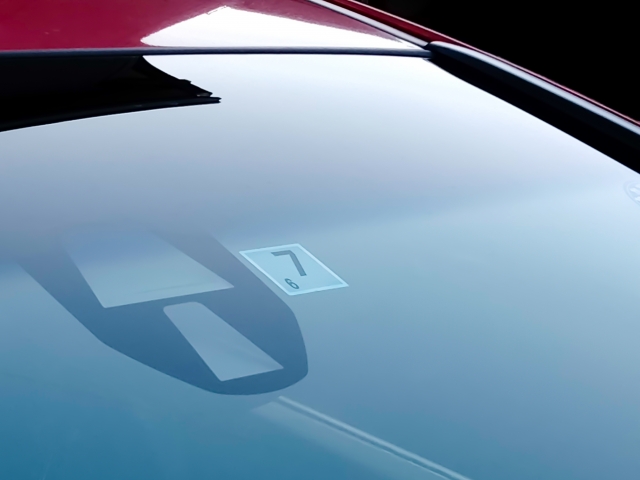
*Along with carrying the shaken certificate, it is mandatory to place the inspection sticker on the front windshield.

“Health Checkup” for Cars = Regular Inspection

What is commonly referred to as periodic inspections or monthly inspections are officially called “Regular Inspection and Maintenance.” These are preventive checks conducted to prevent car malfunctions and maintain their performance. It might be easier to understand if you think of it as a “health checkup” for humans. Car users are required by law to conduct these regular inspections and maintenance at specified intervals (1-year and 2-year inspections).
Although the law states that users should perform the inspection and maintenance, the actual tasks required for the 1-year and 2-year inspections often involve complex disassembly and maintenance work that can be challenging for non-professionals. Therefore, it is common to entrust this work to authorized maintenance workshops or designated maintenance factories (private inspection stations), such as dealerships.

The sticker placed on the front windshield after inspection and maintenance at a workshop serves as a reminder of the next inspection and maintenance period.
Additionally, it is mandatory to perform “daily inspections” to ensure the car’s safety. The Ministry of Land, Infrastructure, Transport, and Tourism’s website provides methods for daily inspections, covering everything from brakes to tires. It might be useful to review these inspection methods.
What is an Inspection and Maintenance Record Book?

There are no legal penalties for cars that have not undergone regular inspection and maintenance. However, during the shaken, you must present the “Inspection and Maintenance Record Book,” which serves as proof that the 2-year inspection was performed. Most cars come with booklets called “Maintenance Notes” or “Maintenance Records,” which record the details of the maintenance work performed during regular inspections.
Even if you perform a “user shaken” (where the car owner conducts the inspection at a transport bureau or vehicle inspection office), regular inspection and maintenance must still be conducted. Please note that having a “mechanically knowledgeable friend” inspect the car does not qualify, as regular inspection and maintenance must be performed by authorized maintenance businesses.
Just as health checkups can help us detect potential illnesses, regular inspection and maintenance can help identify potential car issues, reducing repair costs and the risk of unexpected accidents. Ensure that these checks are conducted without fail.
Car maintenance and management (inspection and maintenance) are the user’s responsibility. Always keep your beloved car in top condition to ensure safe driving.
Don’t Forget the Expiration Date! How to Check Your Shaken Period
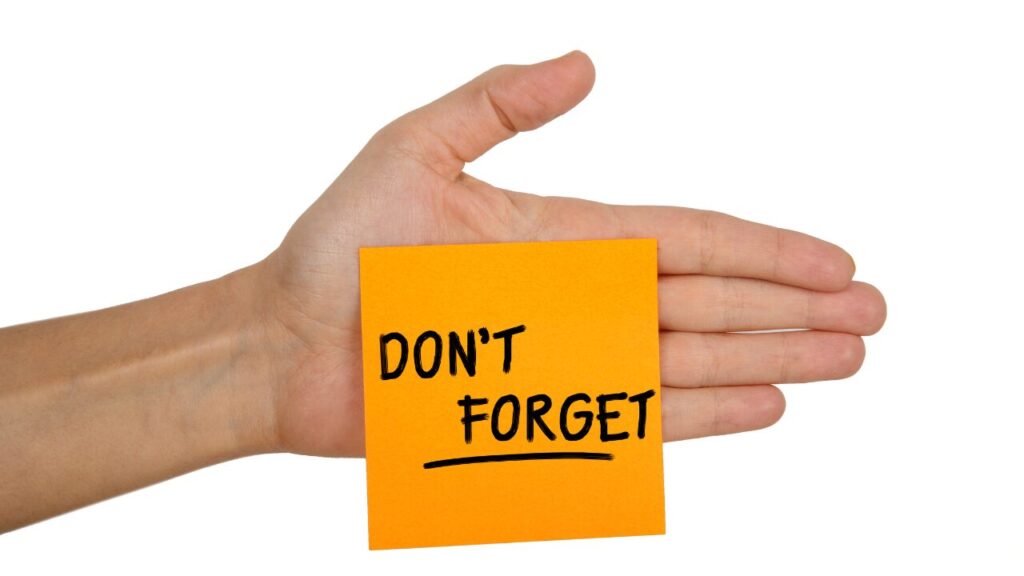
To ensure your shaken (vehicle inspection) does not expire, always check the expiration date. Here are two methods to verify your shaken period.
When Can You Get Your Shaken Done?
You can get your shaken done anytime before the expiration date. Considering the possibility that maintenance might not be completed on the same day, it is advisable to have your shaken done well before the expiration date. However, if you get the shaken done more than 30 days before the expiration date, the next expiration date will be calculated from the date the shaken was performed, which could shorten the effective period and be a disadvantage. Therefore, it is recommended to aim for a one-month timeframe before the expiration date.
Additionally, if shops or workshops are busy, you may not be able to schedule your shaken for your desired date. To ensure you can get your shaken done within the one month before the expiration date, it is reassuring to start preparing 1-2 months in advance. Consider which shop or workshop to use and make a reservation as early as possible.
Example: If the current expiration date is November 30, 2021
- If you get your shaken done on November 1, 2021 (within one month before the expiration date)
→ The next expiration date will be November 30, 2022 (calculated from the original expiration date). - If you get your shaken done on October 15, 2021 (more than one month before the expiration date)
→ The next expiration date will be October 15, 2022 (calculated from the date the shaken was performed).
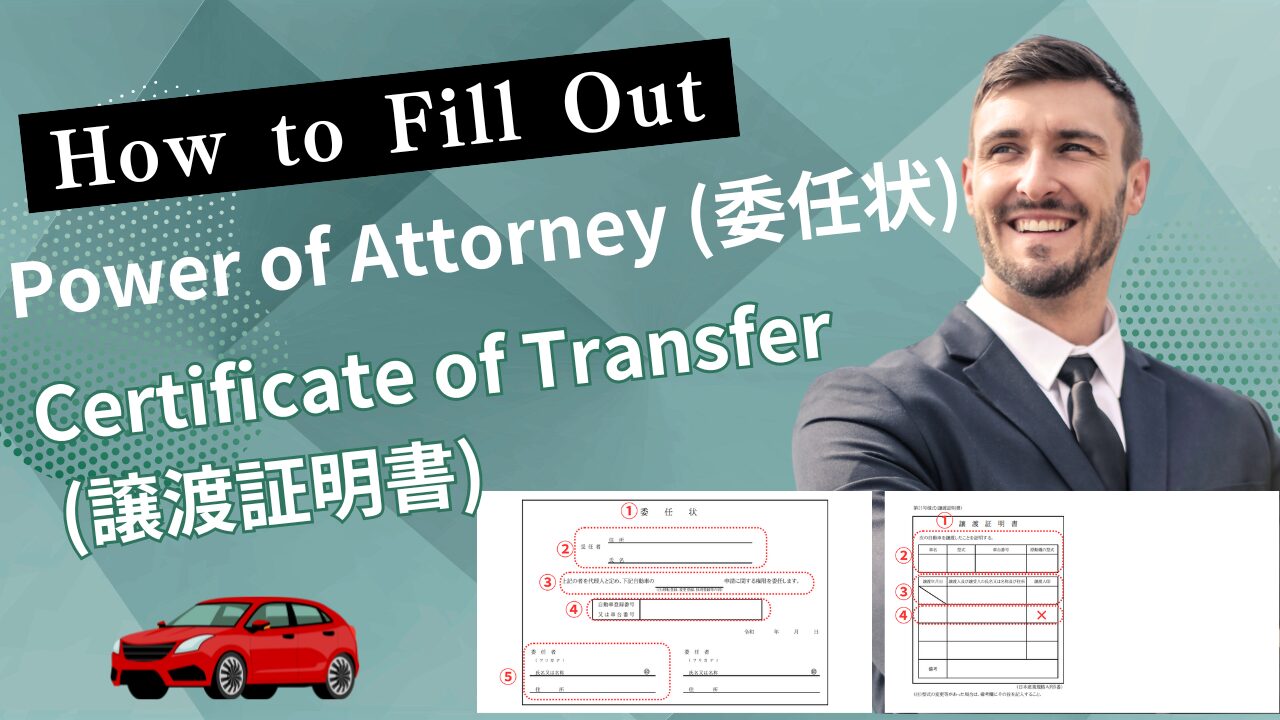
Where to Get Your Shaken?

Start considering where to get your shaken done about 2-3 months before the expiration date. There are various types of places where you can get your shaken done, including gas stations, dealerships, local repair shops, specialized shaken centers, and car accessory shops.
How Much Does Shaken Cost?

- For Japanese cars (within 5 years from new)
The legal fees and basic vehicle inspection fees range from about 60,000 to 140,000 yen. Additional maintenance costs can range from about 20,000 to 100,000 yen.
- For imported cars (within 5 years from new)
For imported cars produced overseas, the costs are generally said to be higher than Japanese cars. The legal fees and basic vehicle inspection fees range from about 100,000 to 140,000 yen, which is not significantly different from Japanese cars. However, genuine parts often cost more, so the total maintenance costs can exceed 200,000 yen.
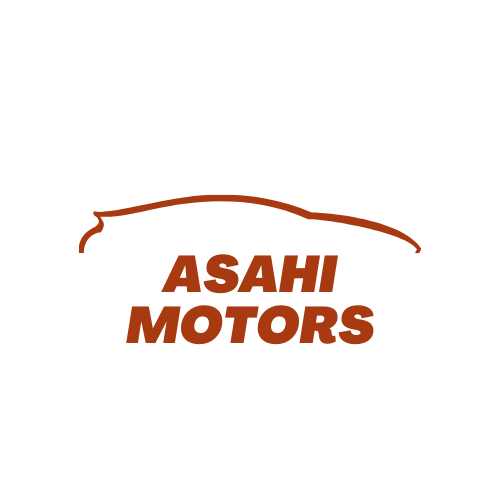

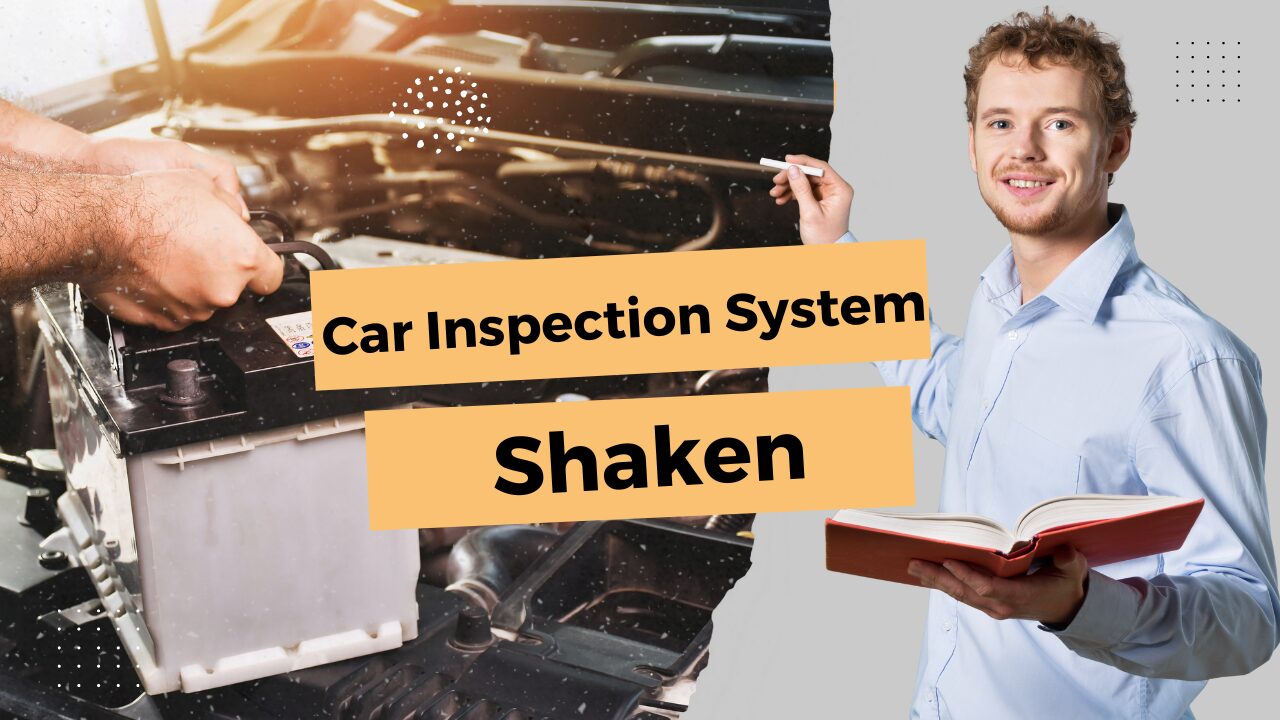


COMMENT